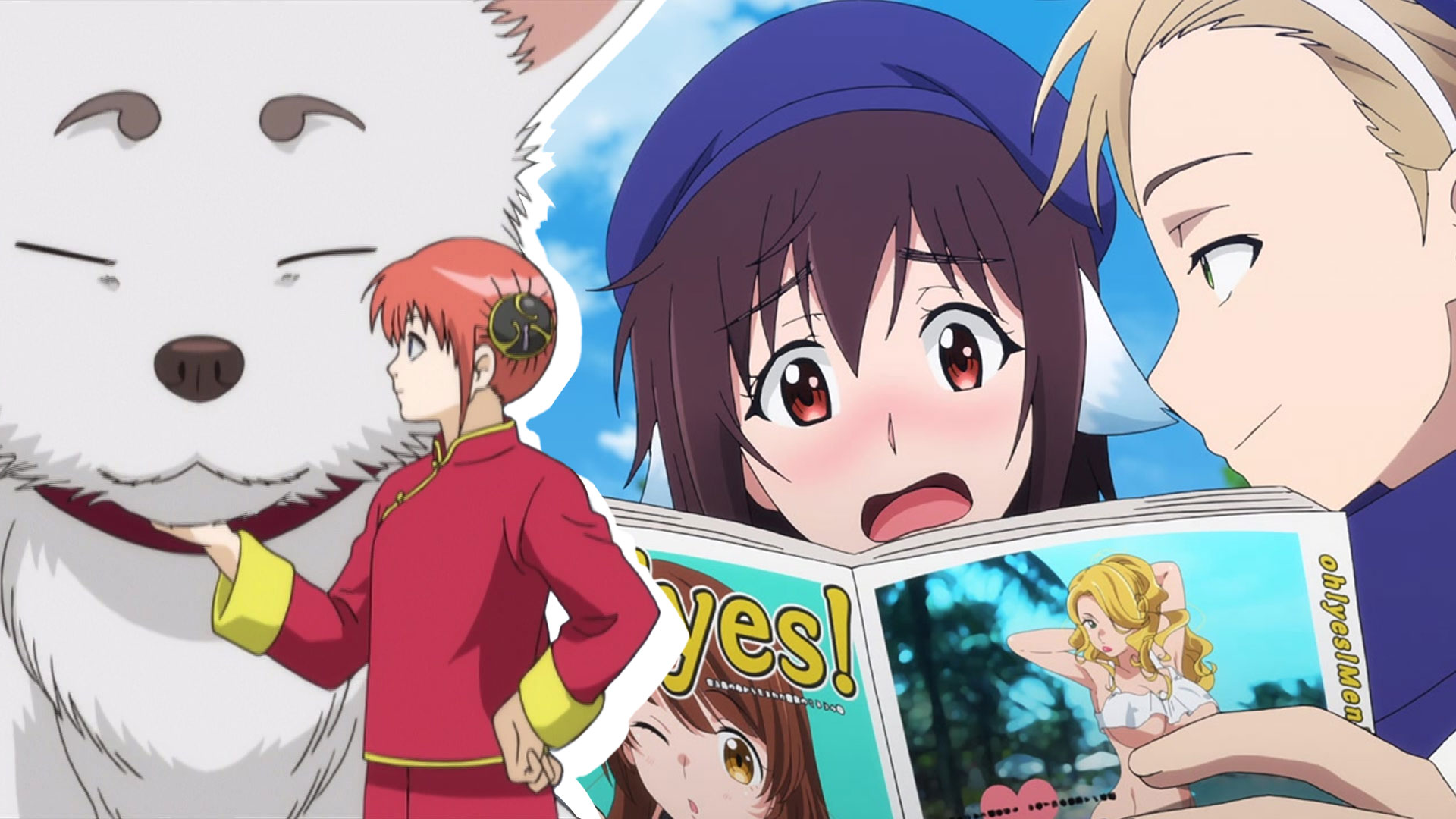Imagine looking back at the first episode while watching the finale only to realize it’s nothing like what you initially went in for.
Spoilers ahead!
Sometimes, the first episode of the anime is drastically different from what it becomes after that. Even if the change is gradual — or comes way later in the series — you might end up watching something totally different from what you initially expected.
It’s neither a good nor bad thing — rather, it’s often curious that anime does this bait-and-switch thing at all. Here are some series that did it, for which the tactic totally worked.
Oshi no Ko
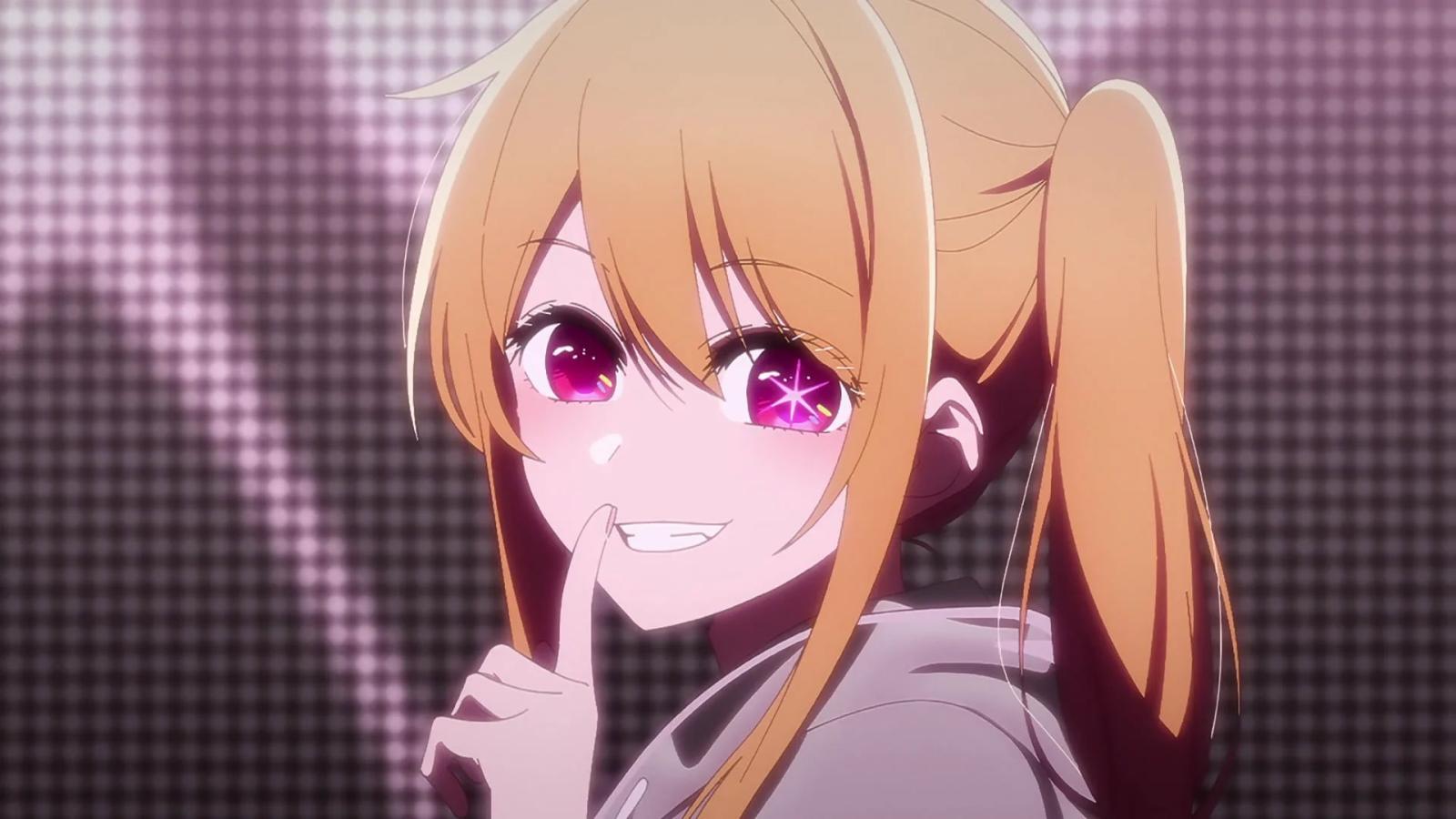
In the case of Oshi no Ko, the creators of the anime clearly knew what they were doing. The promotional material all had Ai Hoshino on it, and even the opening, which is focused on her, was posted before the series started airing.
This is all more ironic, considering she dies in the end of the first episode (which, to be fair, is as long as a full movie), and the anime focuses on her children. The setup is complicated, but the series is worth it.
The Melancholy of Haruhi Suzumiya
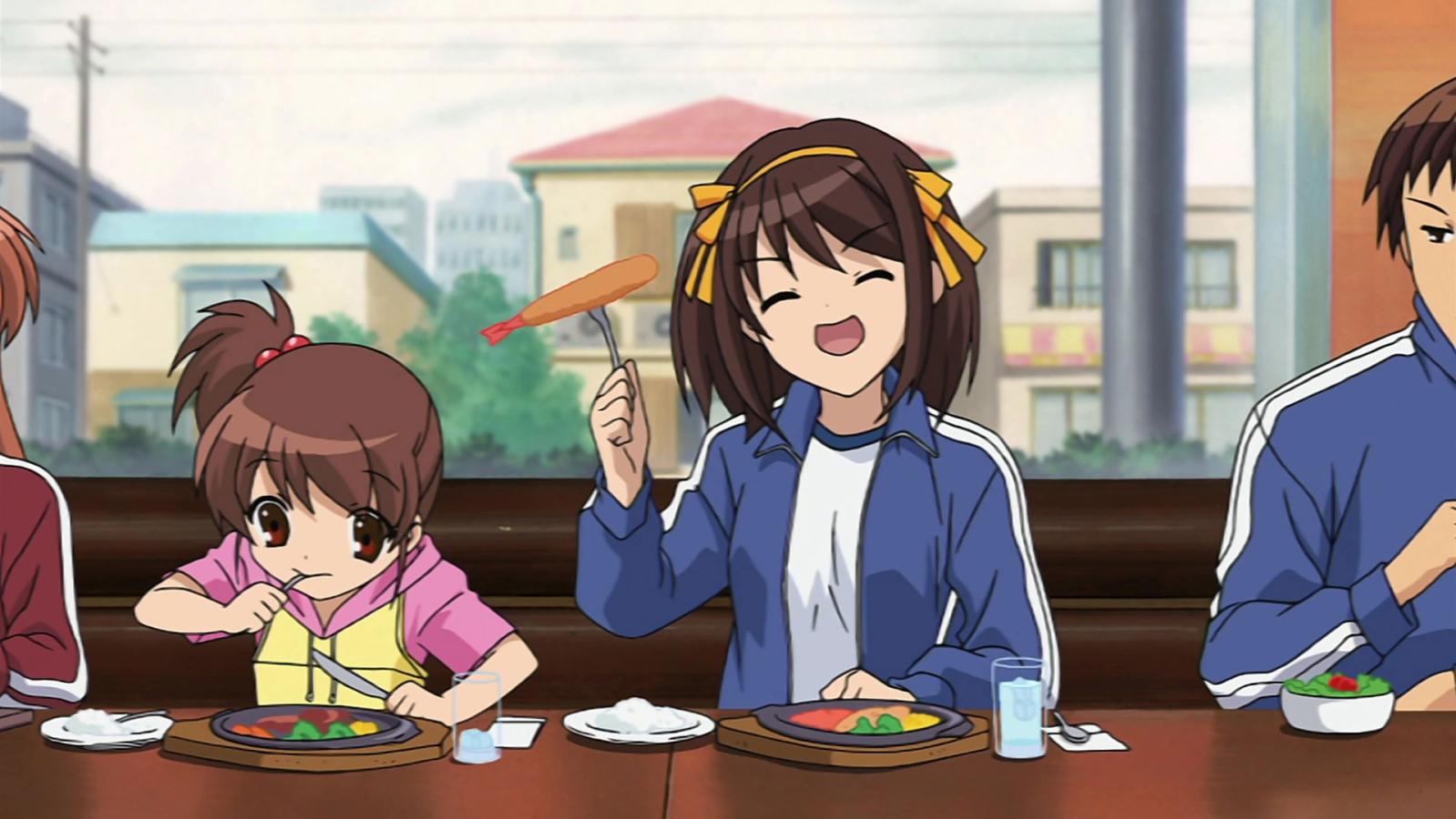
If you tried watching The Melancholy of Haruhi Suzumiya (Suzumiya Haruhi no Yuuutsu) in its airing order (which is non-linear), you might have dropped it before even getting to the end of episode one of season one.
Well, technically, it’s called episode 0. It also doesn’t indicate anything about the series — it’s a movie the main characters made. It’s not very good — and that’s actually a point in the series. Many otaku still have no idea what the point of airing that episode first was.
Gintama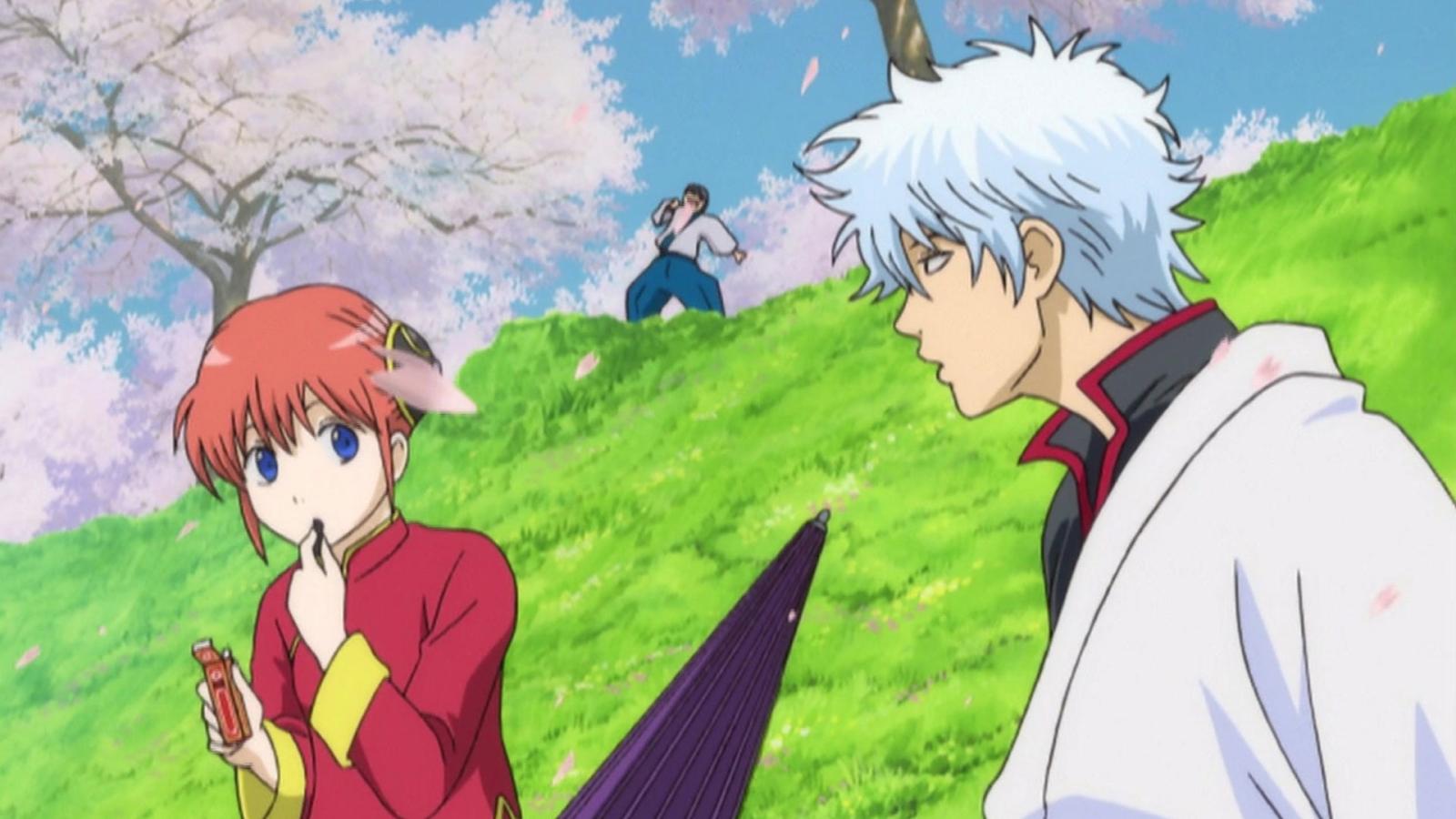
The first two episodes of Gintama are… weird. They aren’t exactly different from the nature of the series, but a lot of times, newer fans are advised to skip them. They assume the viewers already know who all the characters are, and are accustomed to the gags of the series.
That kind of comedy might be off-putting to many, but Gintama is full of it — at least until the more serious arcs kick in. That’s where it becomes totally different once again — and that’s where the series really shines.
Ga-Rei: Zero
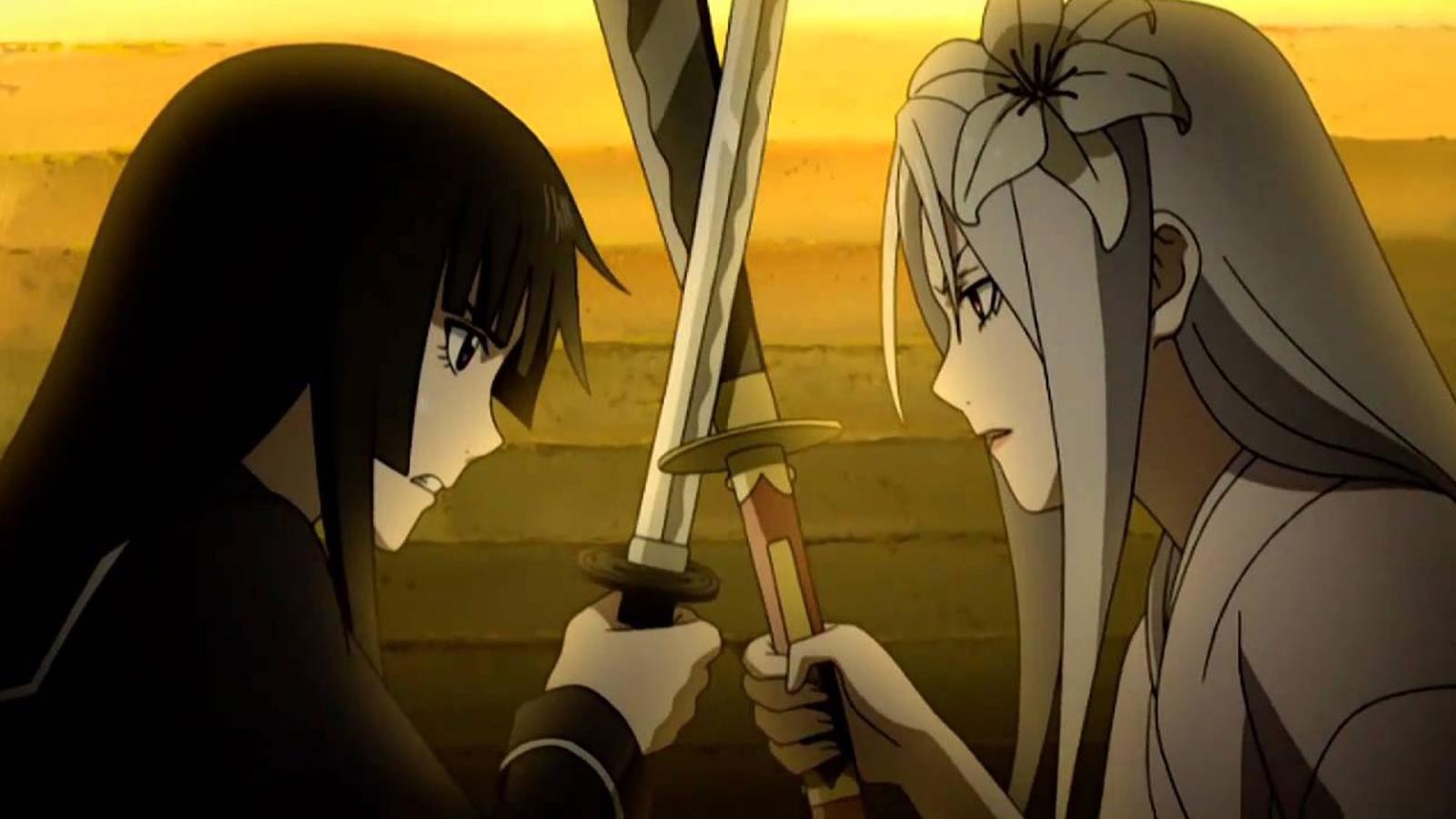
Ga-Rei: Zero is the prequel to the manga called Ga-Rei. As it’s a prequel, however, you don’t really need to read the manga to watch the anime. In the first episode, the viewer gets introduced to a full anime-original cast, which then proceeds to be entirely slaughtered in the same Episode 1.
The rest of the anime focuses on the backstory behind some manga characters — and it’s a great watch, but the first episode has become iconic for what it’s done.
SSSS.Gridman

Gridman is Studio Trigger’s tribute to the tokusatsu show of the same name. While they share a few key designs and the same setting, the anime is radically different — and its genres progress the further in you go.
At first, it’s just another anime about fighting kaiju. In the end, it’s a story about depression, loneliness and isolation. The last scene of the anime is a total mind-screw that spawned many theories about the true nature of the series.
A Sister's All You Need
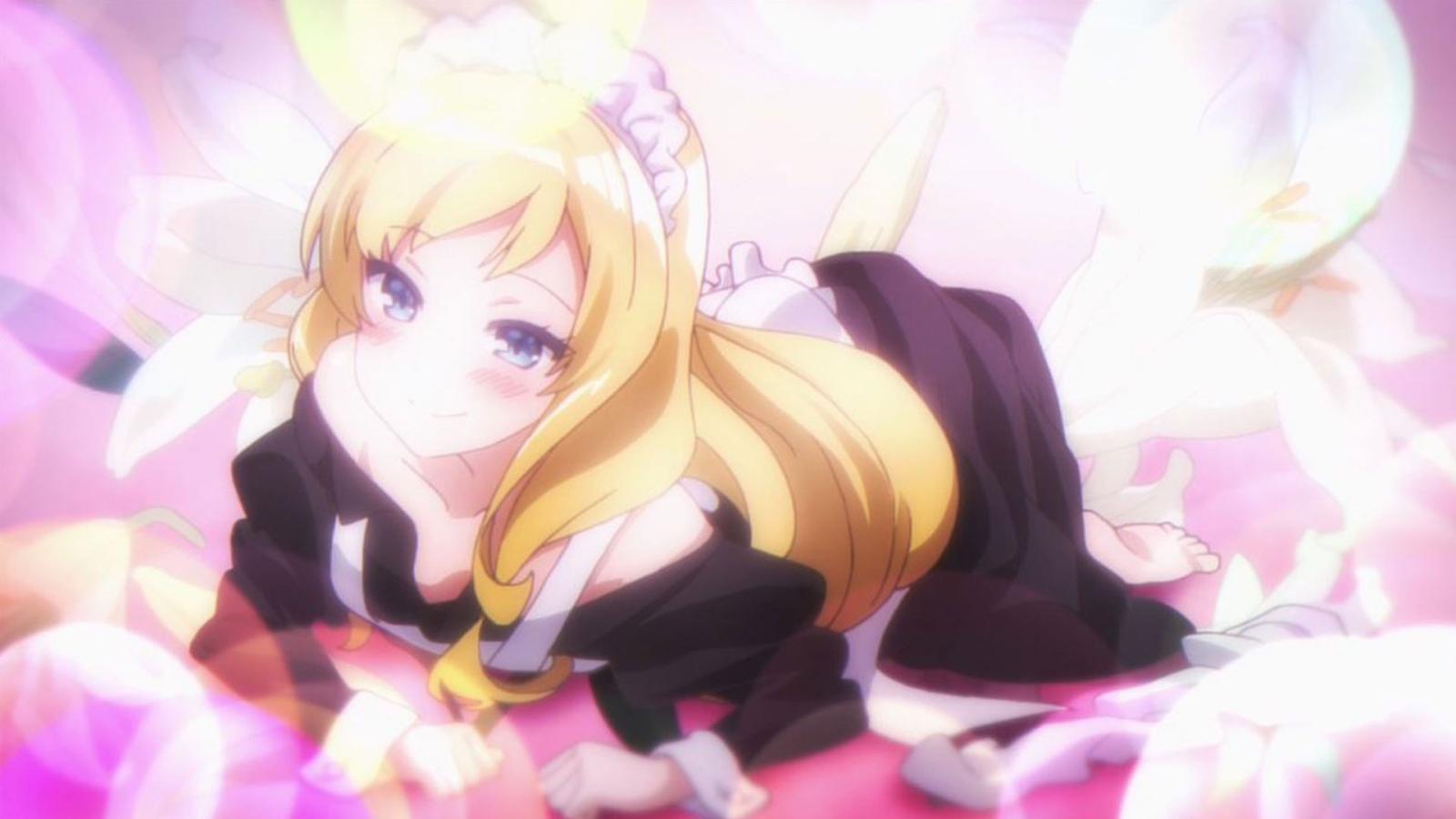
The first three minutes of A Sister's All You Need (Imouto sae Ireba Ii.) are often called “the normie filter.” They’re infamous for playing up fetishes and bordering on hentai, and many people dropped the series based on the title and the first scene alone — which is not even a part of the show.
It’s a scene in the light novel the protagonist is writing, with the anime itself being a witty commentary on the LN industry.
Kaguya-sama: Love is War
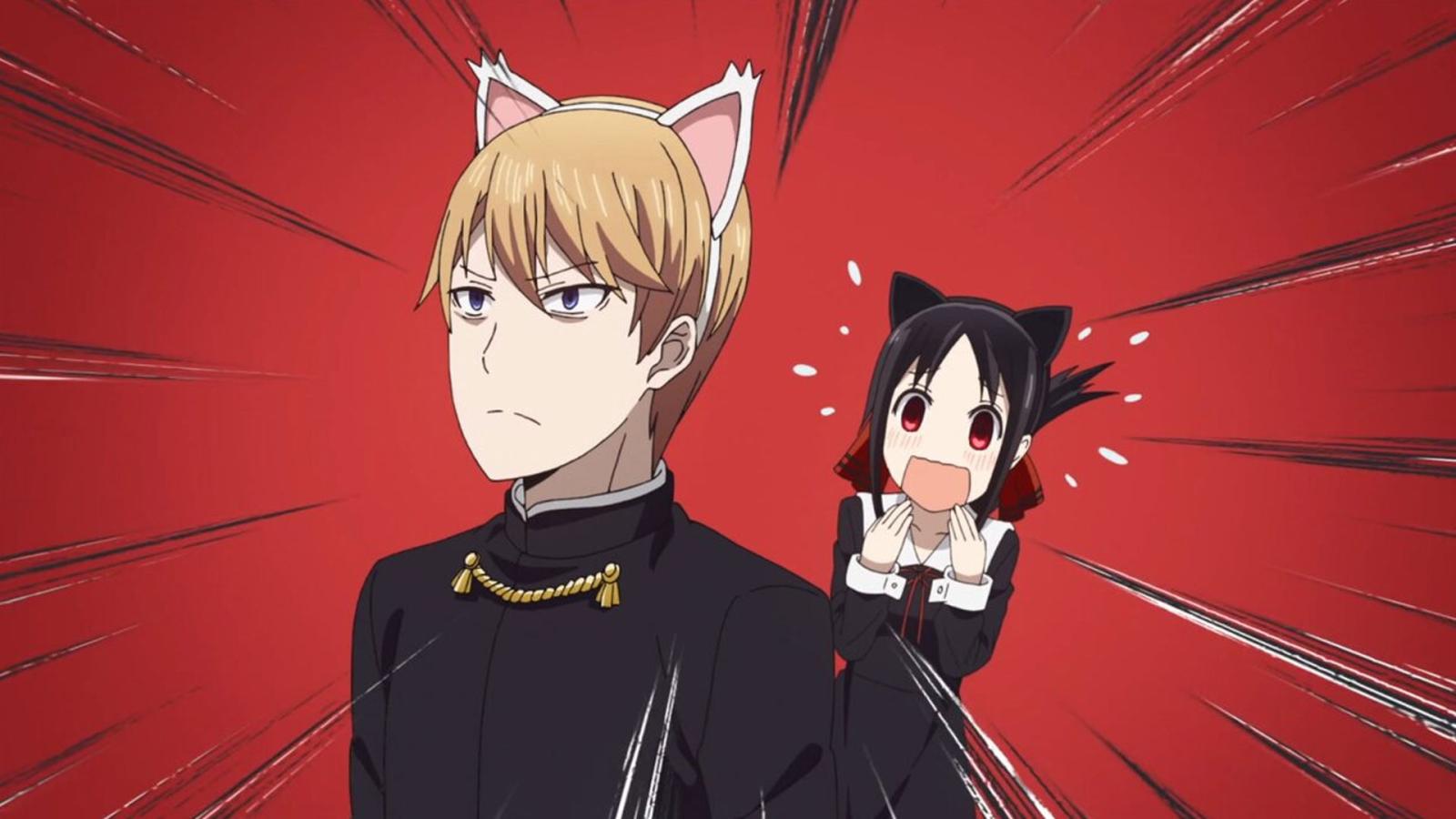
Kaguya-sama is a curious case. The anime isn’t suddenly switching genres midway — it’s actually the opposite. If you watched the series weekly, you might not have even realized it, but in the end, Kaguya-sama was totally different from what its first episodes were.
What started as a gag comedy evolved into a thoughtful romantic story where you care about every character. Perhaps that’s why the series is loved so much.
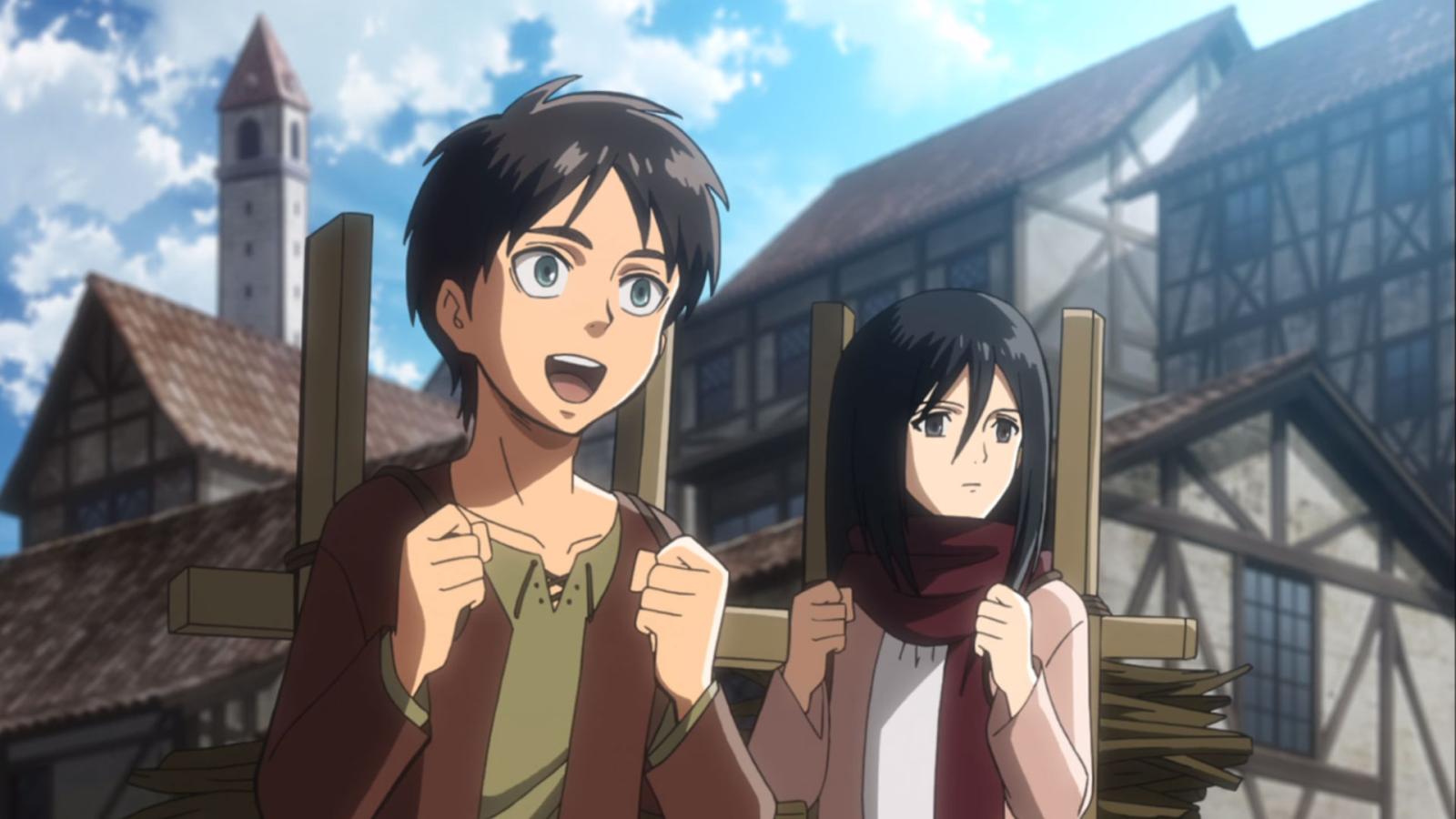
Attack on Titan (Shingeki no Kyojin) quite possibly had the best first episode in all of anime. Despite that, it’s radically different in tone from the Final Season: the world outside the wall is a dream, no themes of racism and endless war, and certainly no world-destroying powers.
The anime started out as a gritty survival action and changed genres midway, in a twist often regarded as genius. Funnily enough, the clues were there all the way — we were just missing some key ones.
Plunderer
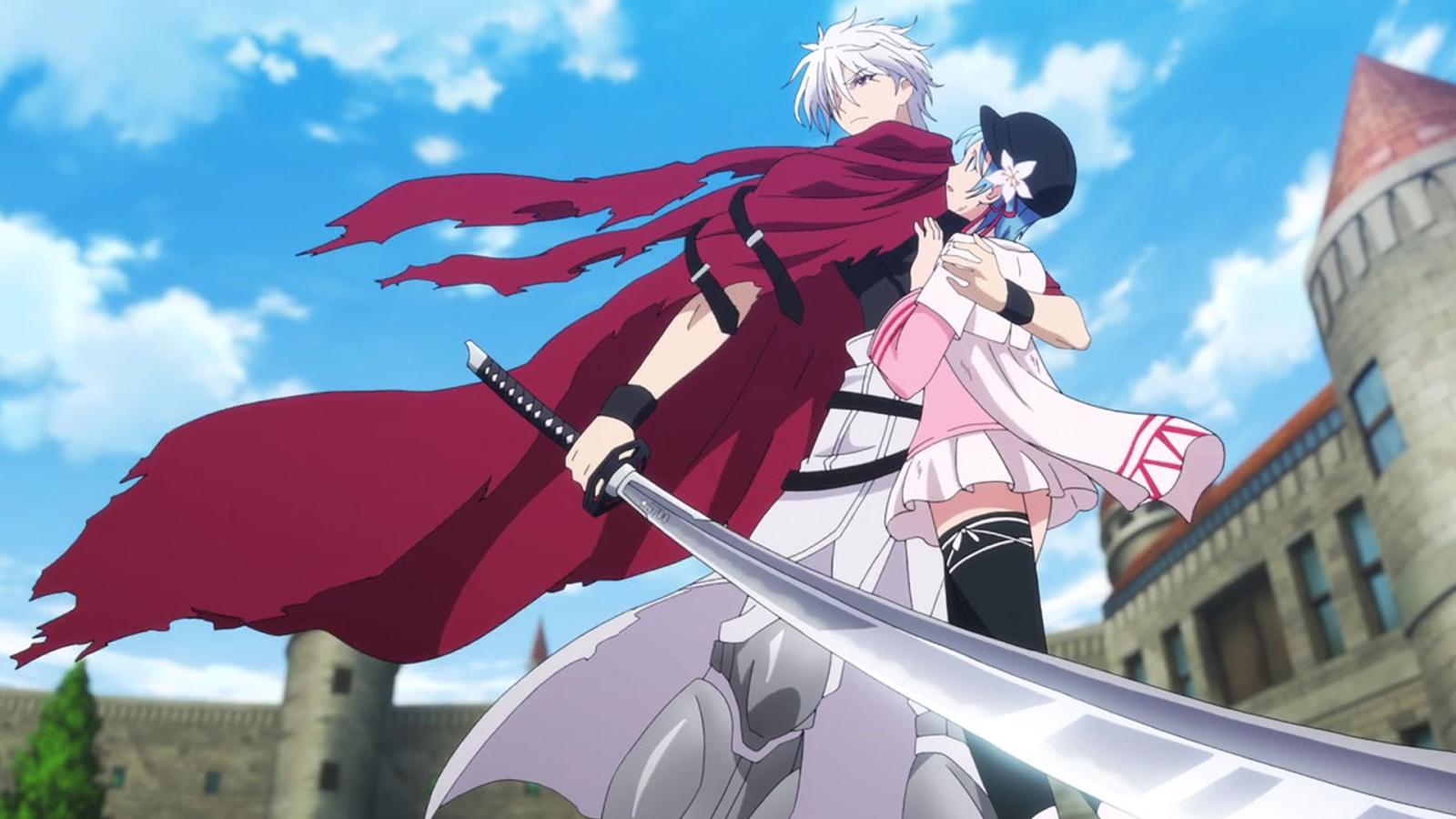
Plunderer is… interesting. Aired in 2020, the anime was initially dropped by many for its somewhat generic premise, an absurd amount of fanservice and a very cringy main character.
However, the reality is far more complicated: the anime actually focuses on a battle for the world, which involves conspiracies, time travel and many other things you initially wouldn’t expect from a comedy ecchi action. Many who got to that part actually ended up liking it, which is perhaps one of the true real cases of “it gets better later.”
Medaka Box
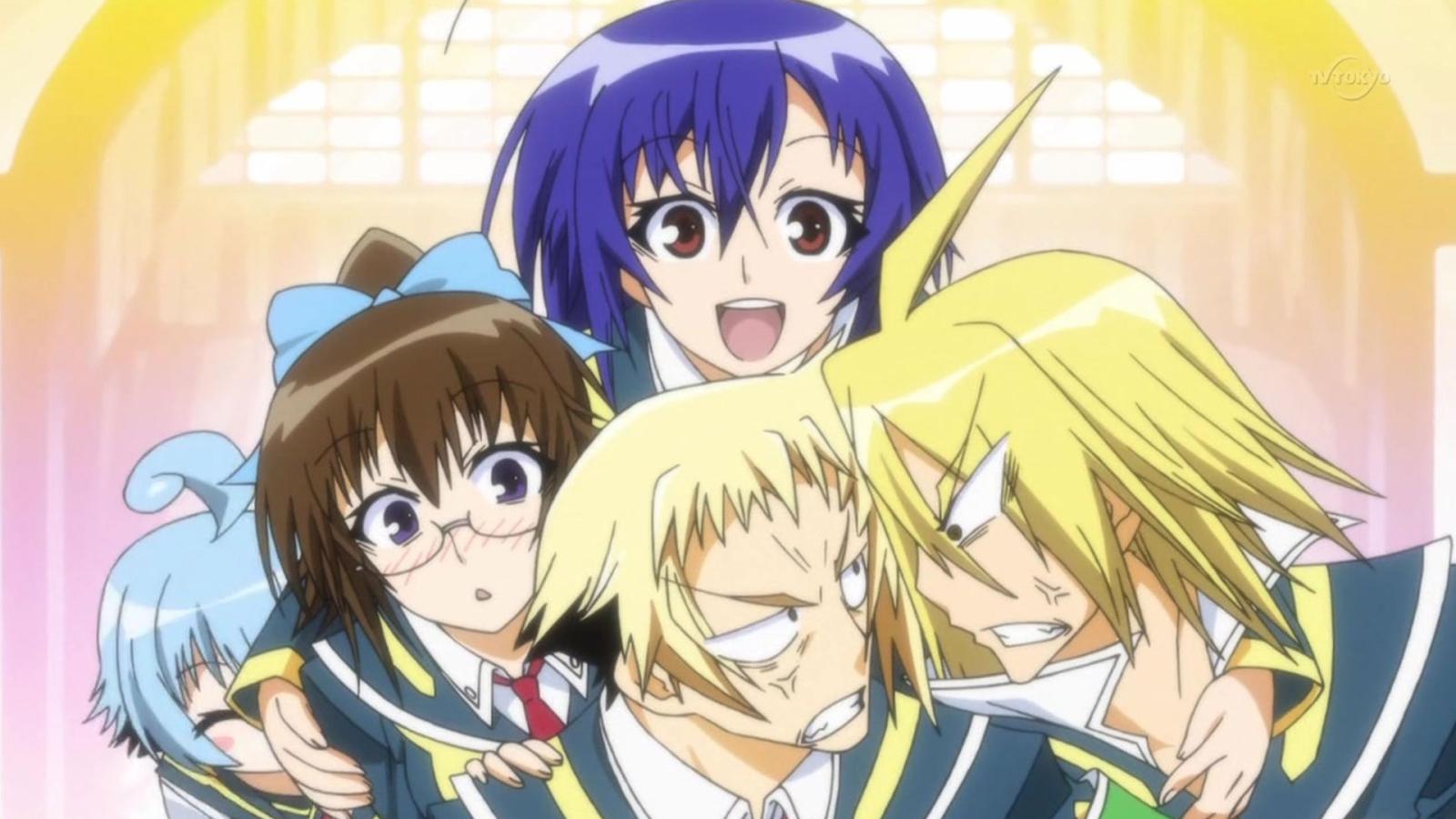
Medaka Box is the answer to “what happens if the Monogatari series writer makes a battle shounen series?” The answer is — total weirdness. It starts out as your usual high school student council slice-of-life hijinks, progresses to heavy violence where the school’s building itself is destroyed, and Season 2 features characters with insane superpowers that defy all common sense.
Later in the manga, virtually any new character introduced can influence reality in their own ways, and yes, it is actually awesome. It’s a tribute to other Weekly Shounen Jump series with witty dialogue full of references, and the fans of Monogatari series love it.

